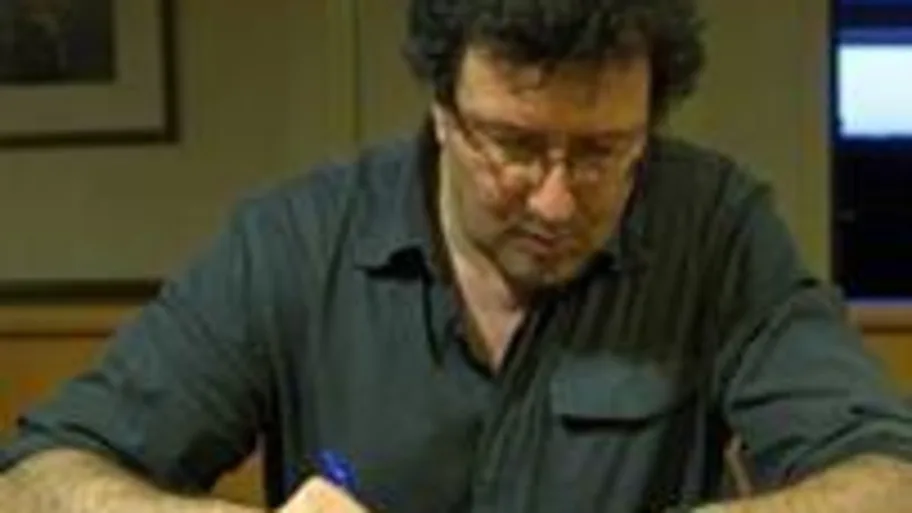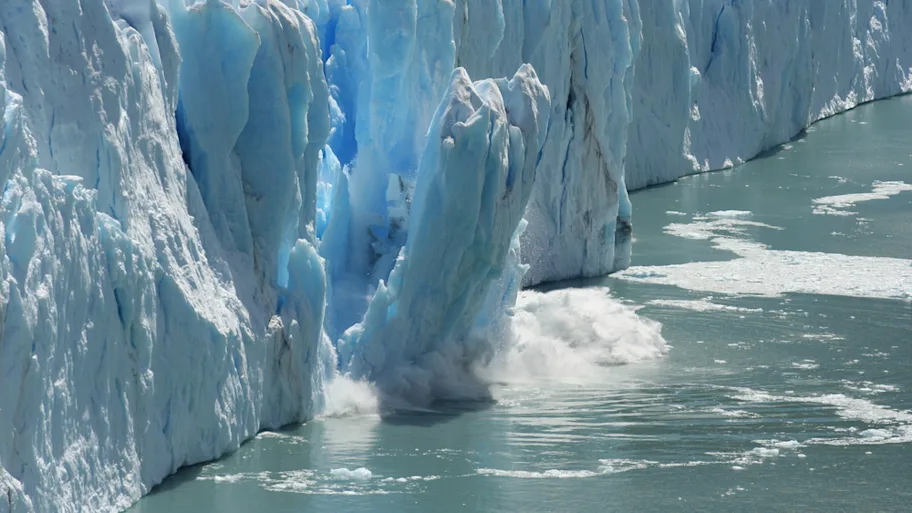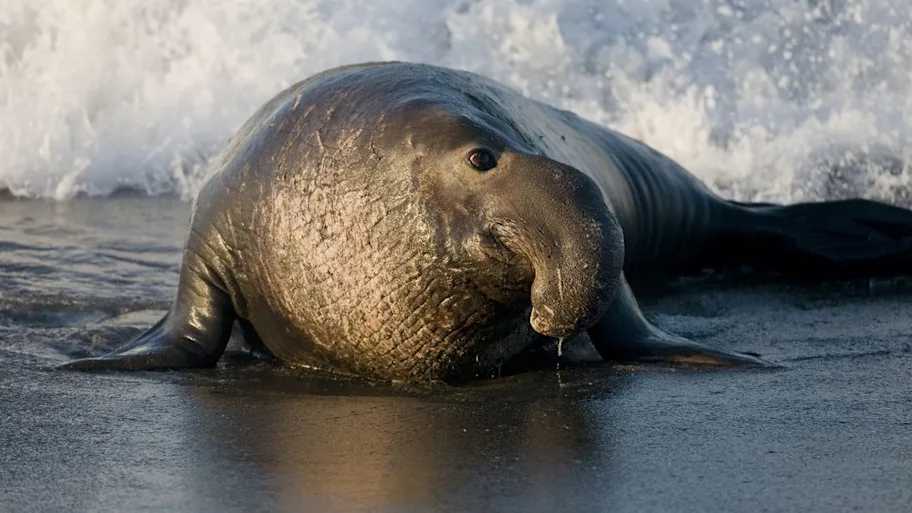
- Science News
- Environment
- The world’s finest wilderness lies beneath the waves
The world’s finest wilderness lies beneath the waves
Frontiers Science Hero: Carlos M. Duarte from Frontiers on Vimeo.
Prof. Carlos M. Duarte became interested in Marine biology because of his love for oceans. “The beauty of the ocean ecosystem and the sense of freedom of this immense landscape when you are in the open ocean are special because of how small we feel when we are out there,” he said.
Prof. Carlos Duarte is Tarek Ahmed Juffali Research Chair in Red Sea Ecology with the Red Sea Research Center at King Abdullah University of Science and Technology. He was formerly Director of the Oceans Institute at The University of Western Australia (2011-2015) and Research Professor with the Spanish National Research Council (CSIC, 1999-2015) at the Mediterranean Institute for Advanced Studies (IMEDEA) in Mallorca, Spain. He is also the Field Chief Editor of Frontiers in Marine Science.
Another element which fascinates Duarte about the oceans is how little we know about them. Even scientists who have spent their lives researching them have barely begun to understand our oceans’ secrets. “Yet at the same time others are trying to find oceans in this distant planets with the hope that we will be able to use those oceans to sprawl out of this planet without having dedicated sufficient attention to explore the fundamental details about our own oceans,” he said.
Malaspina Expedition, an interdisciplinary research project
One of Duarte’s research highlights was the Malaspina Expedition in 2010. This was a global expedition with the goal of assessing the status of the oceans in terms of health and responses to human pressures. The 10-month long expedition involved approximately 700 scientists from around the world.
With this expedition, Duarte says he gained valuable experience in pushing forward with scientific goals. He says even if people do not believe in you, through will and powers of purpose, one can always achieve the impossible. “I was told by my colleagues and other people around me that what I wanted to do was impossible and I would never manage to do it; yet it got done. So it shows that there are no frontiers in science that cannot be broken and that we can really strive to achieve the impossible,” he said.
During the expedition, Duarte and his team completed the first estimate of the number of microbiological species inhabiting the deep sea, which is the largest ecosystem on earth and still poorly explored. They also learned the reasons why the deep sea accumulates a large pool of organic carbon that sits in the ocean at 1,000 meters deep. Scientists once assumed this mass was made of non-degradable chemical compounds, which was why it was there, but the team learned the mass contained readily degradable compounds but each of them at concentrations much too low to be used.
World’s largest biosphere
Microorganisms are the engine behind the biosphere. An example of a biosphere we can see is a forest. The ocean also contains forests but it’s less visible. “We tend to see organisms that are our size or similar,” Duarte said. “The ocean is a microbial ecosystem invisible to the mere eye. In the ocean, the biosphere is composed of microorganisms that are one thousandth of a millimeter in diameter but they produce as much or even more oxygen than all the forests of the world.”
One of the surprises in the expedition involved the discovery of photosynthetic plankton which live deep in the ocean at a depth of 4,000 meters deep. “This is not where they are supposed to live,” Duarte explained. “We did a series of experiments to understand what they are doing there and why photosynthetic cells, which are supposed to live in the upper 1000 meters of the ocean, were still healthy and alive at 4,000 meters. These studies revealed that they were still alive at depth because their sinking rates is much faster than hitherto believed.
“The fact that their transport rate is much faster than we thought is of significance because this process is the main mechanisms by which the ocean is able to remove carbon dioxide from the atmosphere. The discovery implies this is a far more efficient and faster transport than we thought it was,” Duarte said.
Another significant discovery made during the expedition was that there are more fish in the ocean than initially thought. Duarte stated that “this undiscovered life is sitting below the eyes of satellites, in a depth untouched by humans, and consists of organisms that have never been fished. That part of the ocean is a healthy resource.”
Planning the next big challenge
Over the last four years, Duarte has been trying to organize and analyze the data collected from the Malaspina Expedition in order to publish results. “I am starting to see the light at the end of the mass of data, and after I am done going through it all, I will plan my next step. It will be definitely difficult to come up with a higher challenge again, but I will find one,” he said.
His next big project, Duarte says, is to compile the global ocean genome into a catalogue of all marine microbes, and then generate opportunities to solve problems in the energy and food sector or even in the biomedical sector.
Carlos M. Duarte and his work have received media coverage from International Business Times, 20minutos, Reporting Climate Science, Phsy.org, Latinpost, The Conversation, University Herald, RomâniaTV, The New York Times, Nature, Science, ABC, TVE, O Globo






